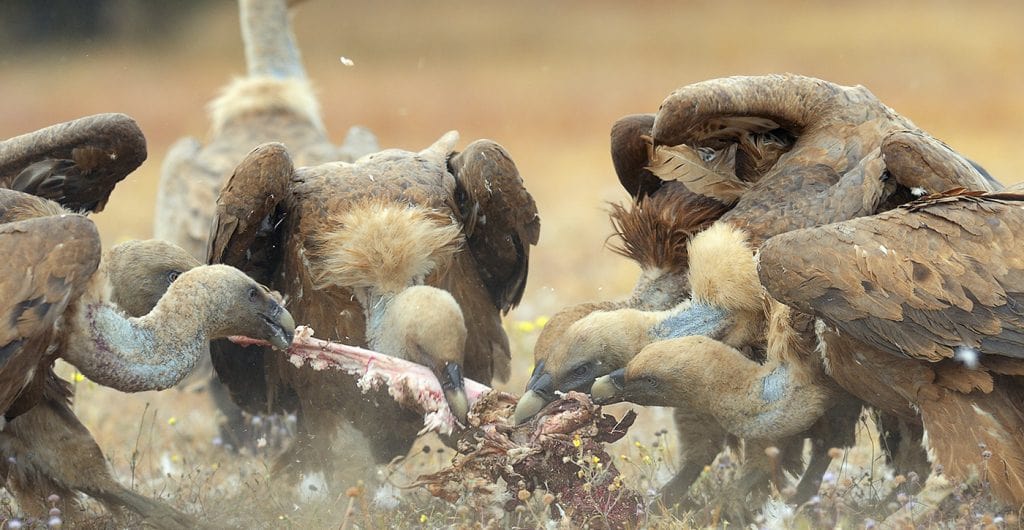Welcome to the mesmerizing world of Egypt’s deserts, where the vast stretches of sand hold a delicate yet resilient ecosystem. In our exploration of “Desert Wildlife and Ecosystems: Exploring the Biodiversity of Egypt’s Sands,” we delve into a crucial aspect of this unique environment – the role of scavengers in maintaining ecological balance.
The Egyptian Deserts:
Egypt boasts a diverse landscape, encompassing the Sahara, Sinai, and Arabian deserts. These arid expanses may seem barren at first glance, but a closer look reveals a complex web of life, finely tuned to the challenges of the harsh desert climate.
The Importance of Scavengers:
Scavengers play a vital role in desert ecosystems, acting as nature’s cleanup crew. Their ability to consume and recycle organic matter is crucial for nutrient cycling and maintaining the delicate balance of the ecosystem. In the Egyptian deserts, scavengers are essential contributors to the sustainability of life.
Another important role of scavengers is their contribution to nutrient cycling in the desert ecosystem. When scavengers consume carcasses, they not only provide nutrients to themselves but also release nutrients back into the ecosystem through their feces and urine. These nutrients are then available for other desert species to use, such as plants and microbes that can help maintain soil fertility and support other forms of life in the desert.
Scavengers also play a crucial role in maintaining ecological balance by preventing overpopulation of predators and herbivores. In many cases, predators will kill more prey than they can consume, leaving behind carcasses that would otherwise go to waste. Scavengers help to prevent these carcasses from going to waste by consuming them, which helps to prevent overpopulation of predators and herbivores that could lead to resource depletion and competition for resources.
In addition to their ecological roles, scavengers also provide important cultural and economic value in the Egyptian desert. For example, vultures are considered sacred animals by some indigenous communities in Egypt and are protected by law. Jackals and hyenas are also culturally significant animals that have been featured in traditional folklore and stories throughout history. Furthermore, some scavengers such as hyenas are hunted for their fur or meat for traditional medicinal purposes or as a source of income for local communities.
As we explore the fascinating world of Egypt’s deserts, it becomes clear that scavengers are not merely opportunistic feeders but integral contributors to the delicate balance of desert ecosystems. By understanding and appreciating their role, we can work towards preserving these species and ensuring the sustainability of Egypt’s unique desert biodiversity for generations to come. Join us on this journey of discovery, and let’s celebrate the unsung heroes of the Egyptian deserts – the scavengers.



Comment (0)